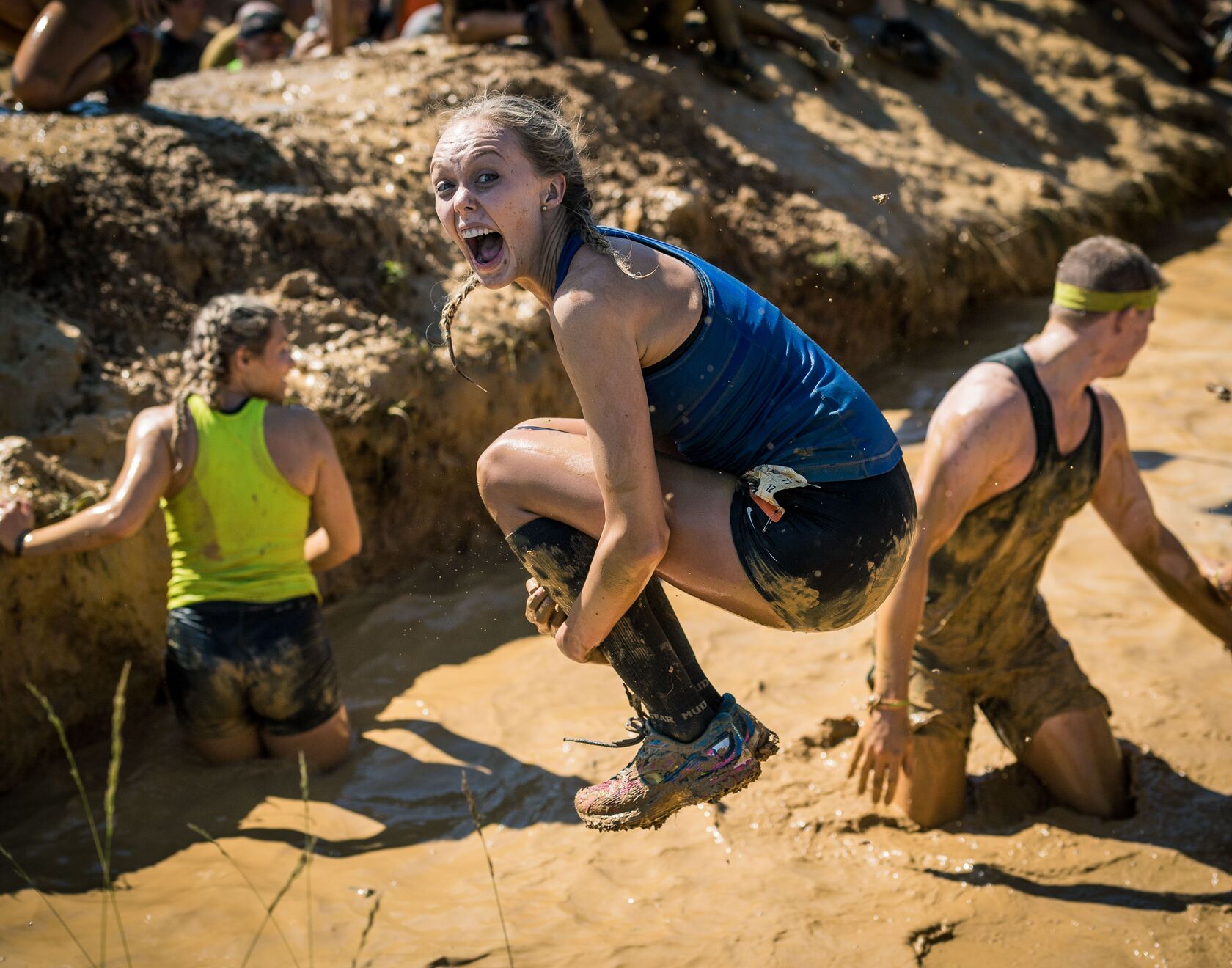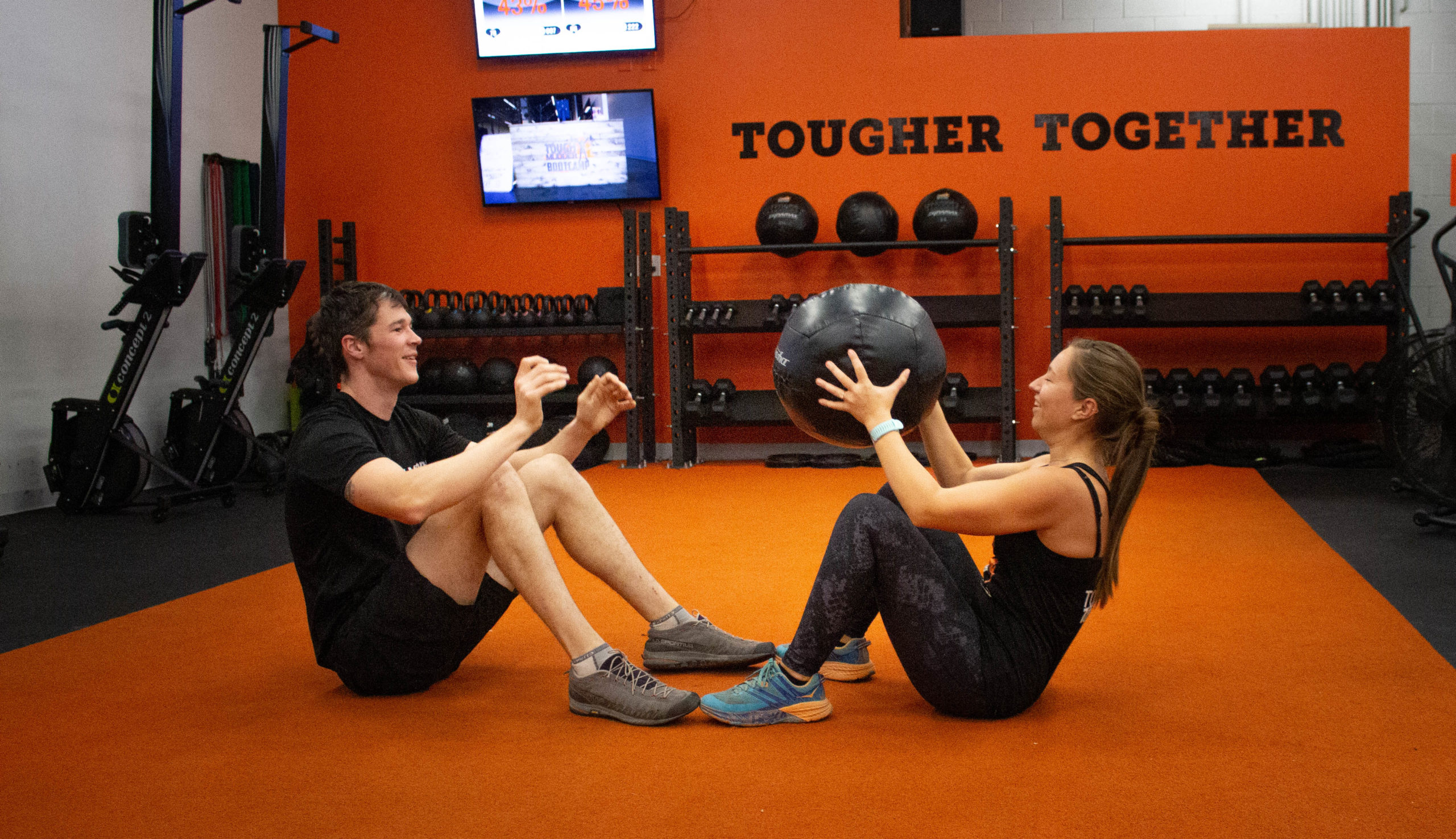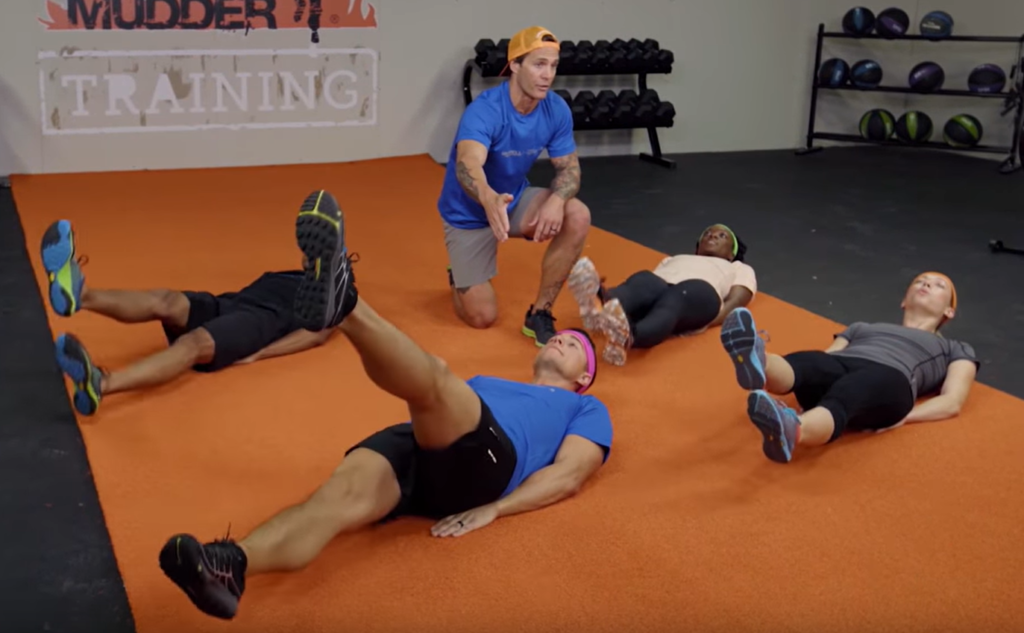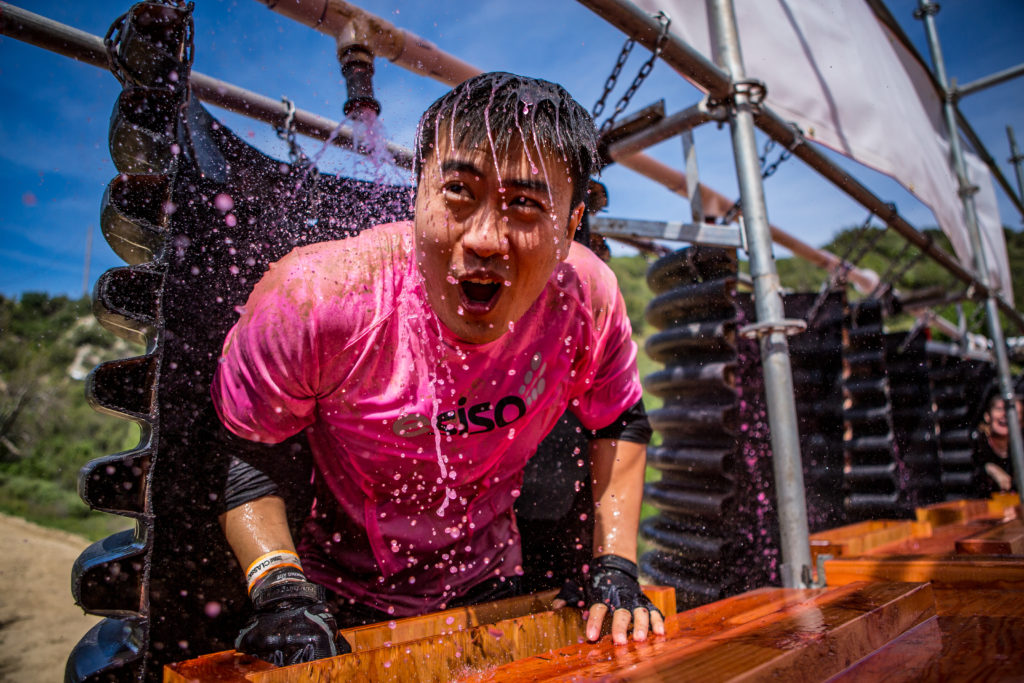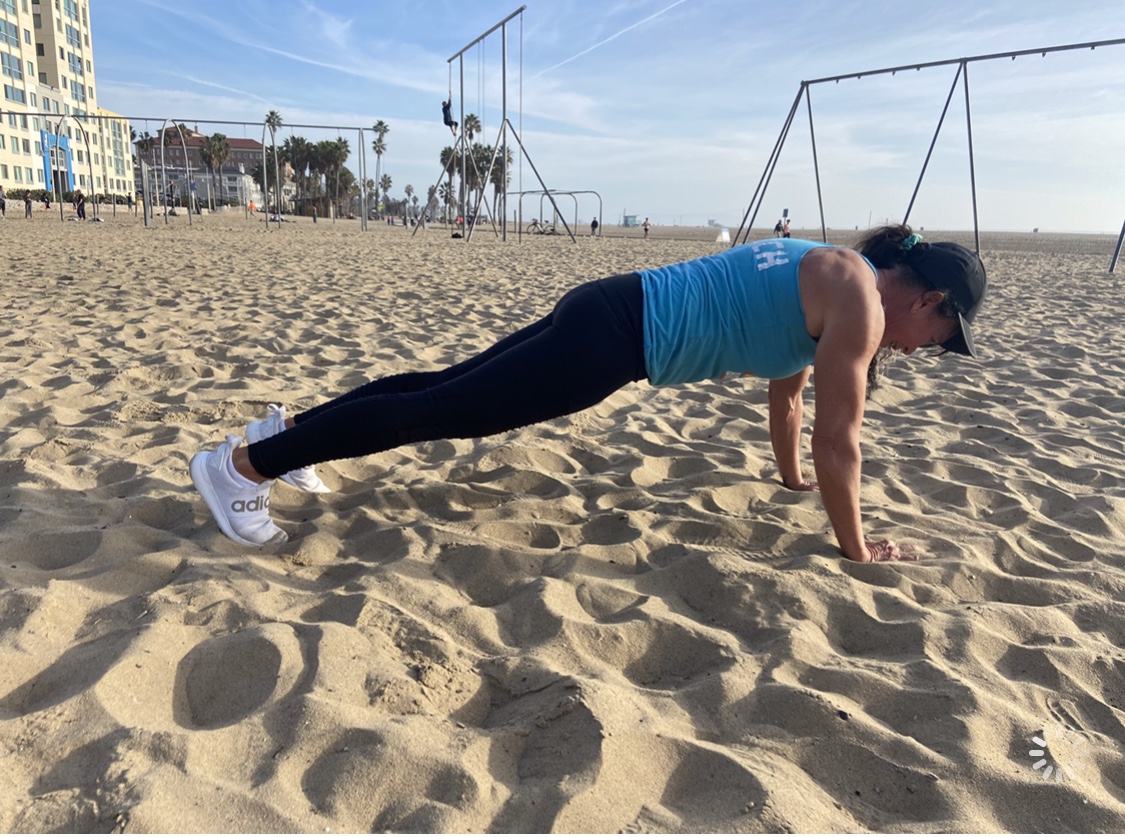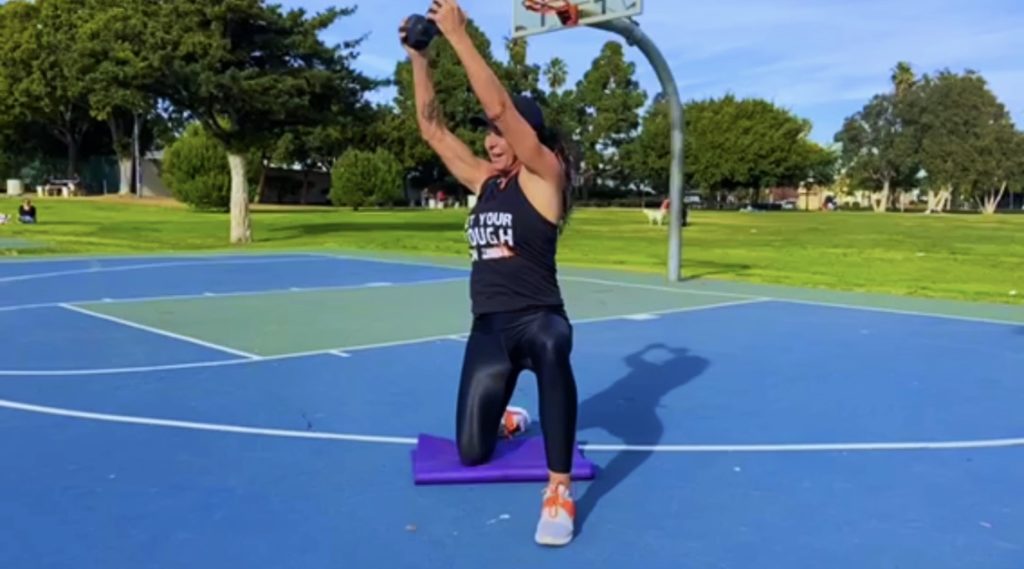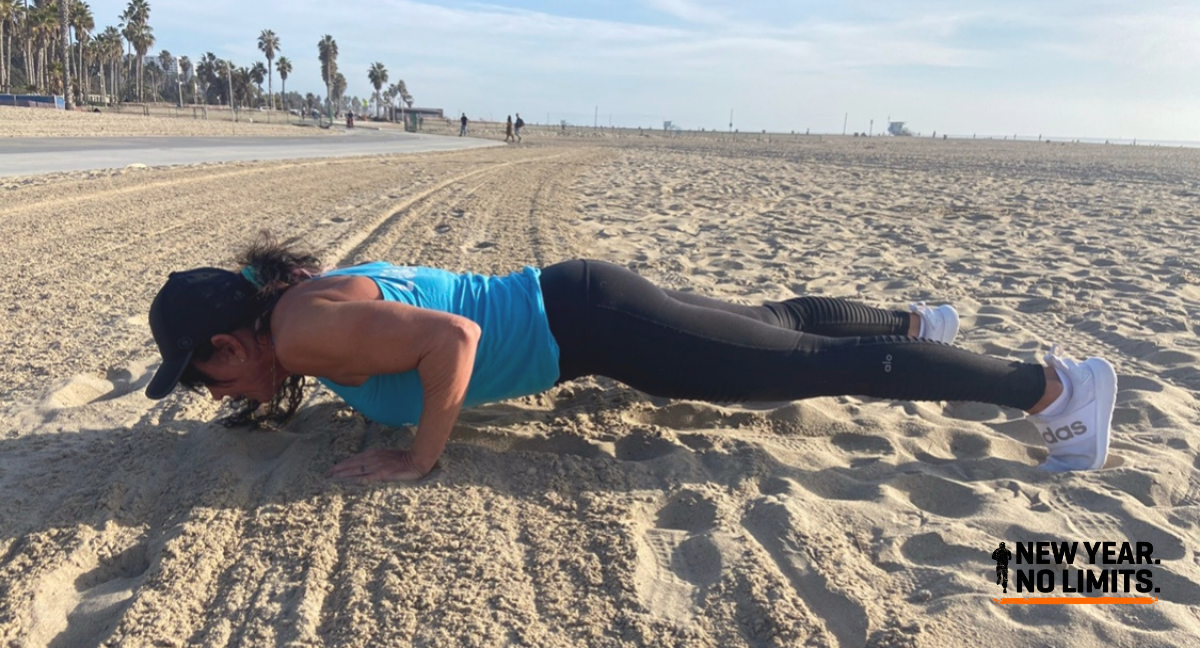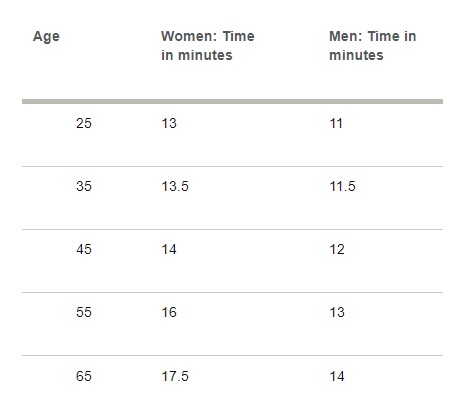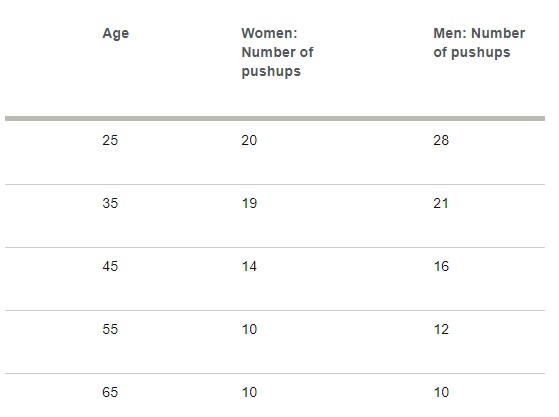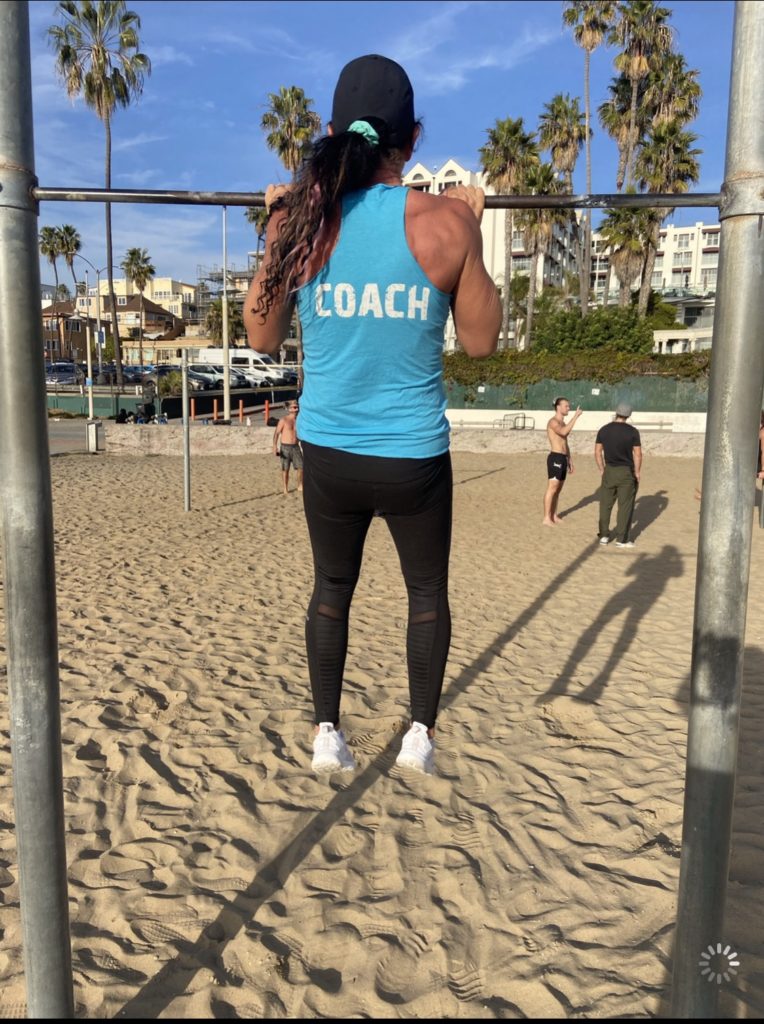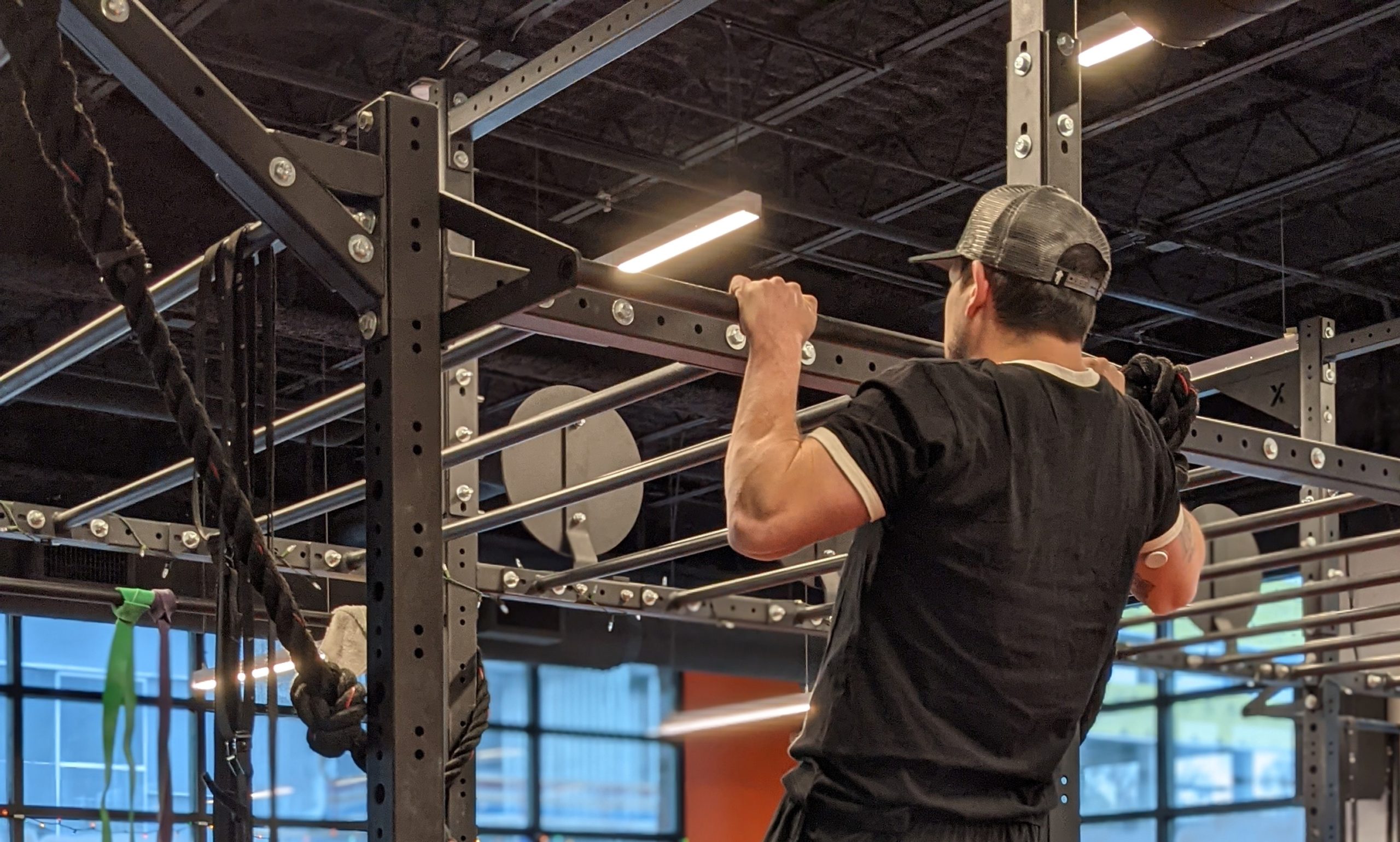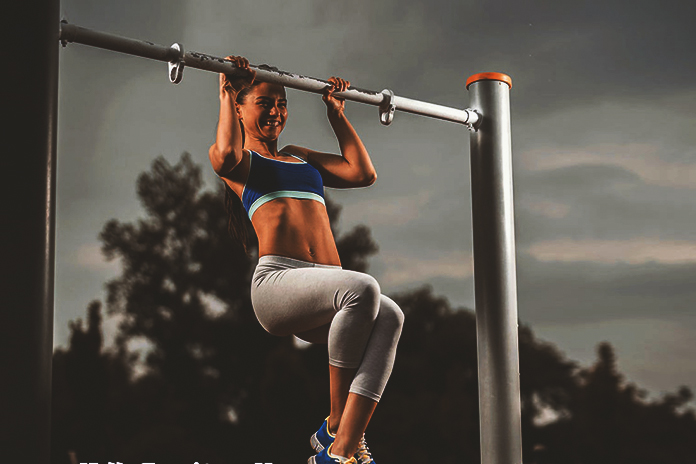We love the great outdoors. There’s nothing better than getting in a good workout while being one with nature. Whether you’re grinding through wind sprints or a grueling 10-mile run through the backwoods, you’re at your limit even on the best days. Factor in some bad weather, like icy winds, or a sweltering summer day, and suddenly your workout just got that much tougher.
The good news is, you can harness hot and cold conditions for your personal training gain. Depending on what you’re trying to accomplish, one might be better for you.
If you’re planning on competing or performing in the cold, it helps to train in the cold. Your body can regulate its temperature a little better, meaning you can often exercise farther distances or for a longer duration.
Even if your Tough Mudder event is happening in a mild climate, working out in extreme weather will only make it go much more smoothly.
First, Get the Right Gear..
The most important thing when doing anything outside in colder temps, is to make sure you’re dressed appropriately. You’ll want clothes that fit you right for whatever the activity is. Your goal is to prevent sweat from getting cold by blending with the cold air. Your goal is to lock in all of your heat to create your own sauna. It’s easy to think “more is better” but bundling to the max is a mistake. Even in the cold, outdoor exercise will cause you to sweat. Dress in a way that allows you to start off warm and remove articles of clothing as needed. These steps below will help:
- Base Layer: Start with polypropylene. Polypropylene is more commonly known as “moisture-wicking” fabric. As opposed to materials like cotton, which absorb sweat, polypropylene helps sweat evaporate quickly.
- Mid Layer: Veer on the side of ventilation. Cover your inner, sweat-wicking layer with another item for insulation. Wearing layers with ample ventilated openings can help to regulate body temperature in colder weather. Opt for items with zippers and mesh sides.
- Outer Layer: Wear an element-shielding shell. A nylon jacket or windbreaker made of Gore-Tex works well as a top layer. These rugged, breathable materials help repel wind and water while remaining lightweight and perfect for outdoor movement.
- Accessories: Protect your extremities. Make a quick checklist before you leave the house: feet, head and ears, hands and eyes and skin should all be protected before you brave the elements.
So you know how to beat the cold, what do you do in the heat?
Acclimatization is the biggest benefit of working out in the heat. The body is forced to adapt to the higher temperature, and this often has a positive impact on your workout. If you have an upcoming event, or competition either in a warmer climate or in a temperature range that you’re not used to, then acclimatization gives the body space and time to adapt.
Important factors :
- Watch the temperature. Pay attention to weather forecasts and heat alerts.
- Get acclimated. Spend some time in the heat.
- Know your fitness level. It will be different in extreme temperatures.
- Drink plenty of fluids. Louder for the folks in the back: Drink. Plenty. Of. Fluids.
- Dress appropriately: Look for words like “breathable,” “moisture-wicking,” and “mesh” on the label to up your chance of staying cool, dry, and comfortable.
- Avoid midday sun. Train leading up the afternoon or into the evening.
- Wear sunscreen. This applies to both winter and summer. If you burn easily, sunscreen is necessary even in winter.
Heat, plus humidity, plus direct sunlight is a triple-threat, so keep that in mind, and try to schedule your workouts. Do the harder portions earlier in the day, and lighter portions in the hotter parts of the day. The fitter you are, the better your body can tolerate exercise in the heat, so if you’re starting to heat train for the first time, do a shorter and slower-than normal workout. Always listen to your body even more when out under the hot sun.
When we work out in nature, we resort to natural movements like sprinting, jumping, throwing, pulling, and pushing, to try to get naturally fit.
Outdoor workouts also improve our coordination and require a wider range of motion, which keeps us flexible and mobile. Working out outside has been found to reduce stress and mental fatigue, improve our moods, and even make us work harder.
Most would argue that exposure to unpleasant cold, heat, wind, and/or rain is a big disadvantage of working out outside versus at the gym. Sure, it’s unpleasant to exercise outside when the weather sucks, but overcoming that discomfort brings big rewards you can’t get from the gym.
The bottom line is, getting cold and uncomfortable can boost your metabolism, boost your mood, and improve your immune system. Also working out outside feels like being a kid again, going out to play. Who doesn’t enjoy a good play?
The basic outdoor workout exercises like pull-ups, push-ups, and sprints get boring fast.
And a bored body doesn’t get fit.
Being creative is a must. Making up exercises that incorporate bodyweight, stones, logs, steps, circuits, and hills and more to spice things up. Like finding some monkey bars on a playground. Do some ab-intense exercises like
1.Hanging Leg Lifts
2.Toes to Bar
When you do these, you’ll see that, unlike planks and crunches, they work a lot more than just your abs.
Thinking outside the box is a key factor to sustained success. For example, training with rocks. Rocks aren’t just heavy, but awkward and natural. Lifting rocks will make you stronger and more mobile.
Here are a few exercises using rocks:
1. Overhead Walks
Hoist the rock above your head with your arms locked straight, and walk back and forth for about 45-60 seconds. Keep in mind, the rock you choose allows you to keep a strong grip and is light enough that you will not drop it mid walk.
2. Rock Squats
A traditional squat, holding rock in front of you as you squat
3. Forward Throws
Exploding forward and throwing the rock from your chest after you’ve picked it up.
4. Rock/Picnic Table / Bench Jumps :
Stand in an athletic position, with your feet shoulder-width apart, at a comfortable distance from the rock or bench. To initiate the movement, bend your knees and push your hips back while swinging your arms behind you. Push your feet off the floor explosively to propel yourself onto the rock or bench.
Nature is your friend, and it can be a fun factor in creating workouts. Hot, cold, windy or wet; nature has so many obstacles to use:
- Grass and now are the ideal soft surface for springing, bounding, jumping, lying down, and pushing up on.
- Hills: sprint and jump up them for extra difficulty. Or, try sprinting down lower angle ones for a surprisingly tough challenge.
- Trees: practice handstands against their trunks and hang off their branches.
- Rocks: Throw, roll, and swing them. Squat, lunge, run, and jump holding them.
- Friends: Use their bodyweight to weigh you down with piggybacks or push-ups.
Now let’s get to work, year round.
If you learned something from this blog, subscribe to our newsletter for more tips and tricks on how to get fit, stay healthy, and get the most out of your Tough Mudder training.
